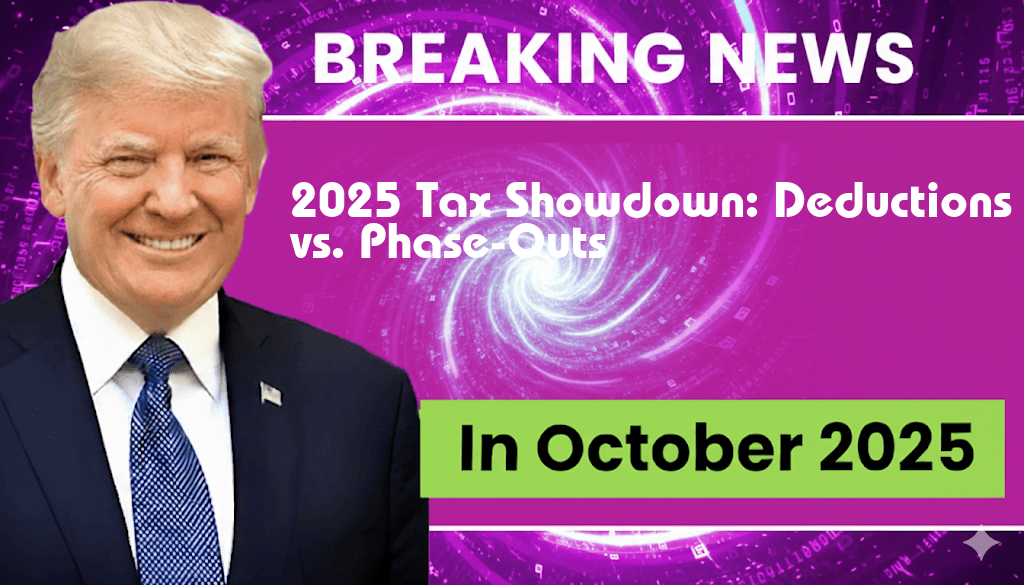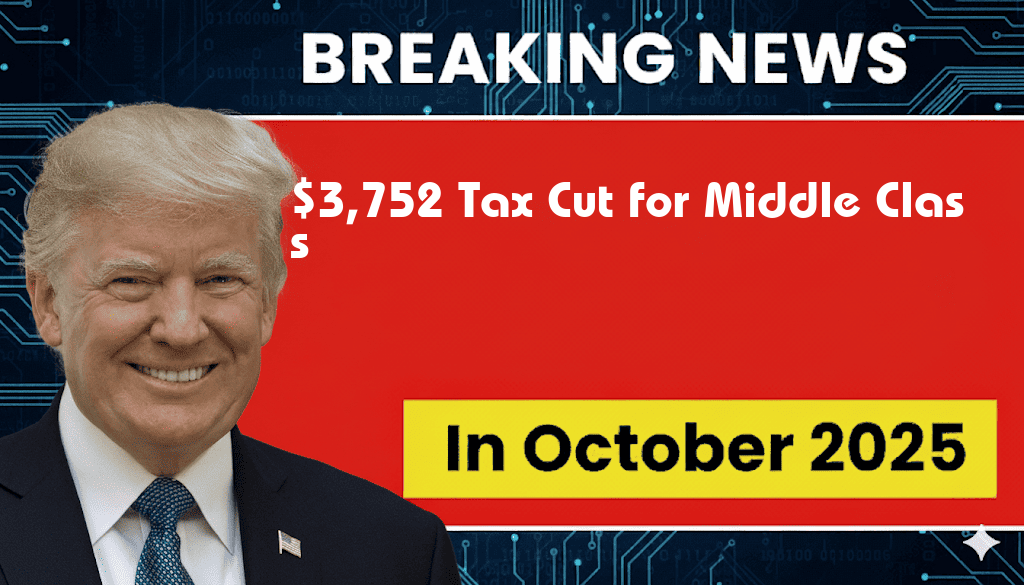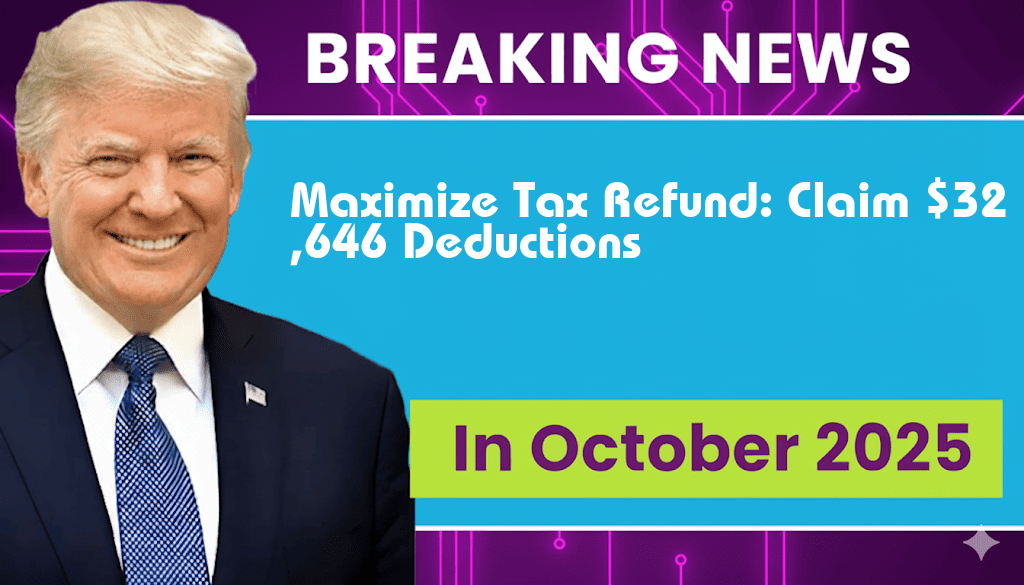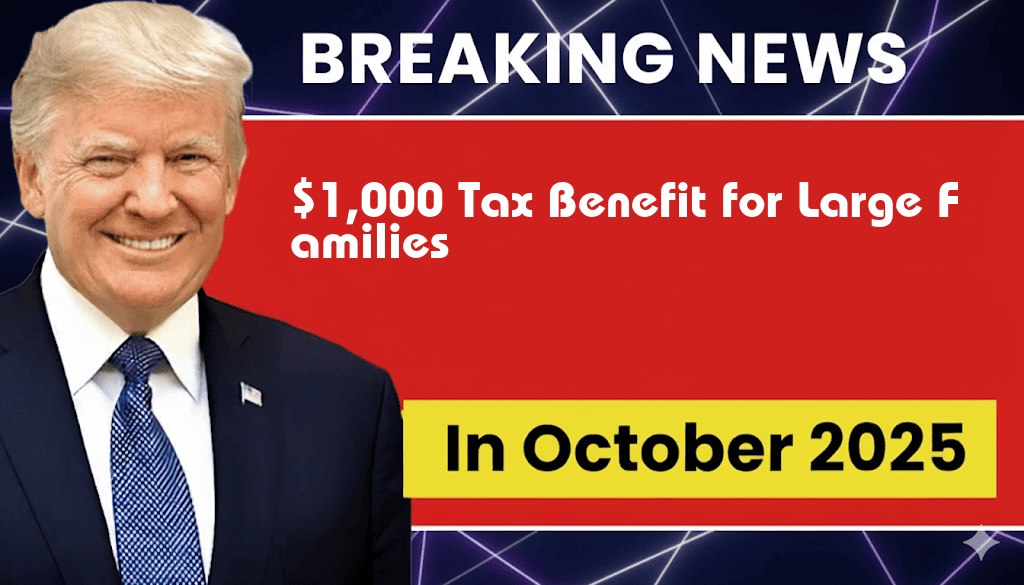

New Law Promises $3,752 Tax Cut for Middle Class Across All 50 States
A newly enacted federal law is set to provide an estimated $3,752 tax cut for middle-class families in every state across the United States. The legislation, signed by President Biden last week, aims to alleviate financial pressure on households grappling with rising living costs and inflation. This significant tax reduction is expected to impact approximately 60 million families, providing much-needed relief amid ongoing economic challenges. Proponents of the law argue that it is a crucial step towards enhancing economic stability, while critics raise concerns about its long-term fiscal implications.
Understanding the Tax Cut
The tax cut is structured to benefit families with annual incomes between $50,000 and $150,000. Here are the key details regarding the new law:
- Eligibility: The tax cut applies to families with adjusted gross incomes from $50,000 to $150,000.
- Implementation: The new tax rates will take effect starting in the next fiscal year.
- Projected Benefits: Households can expect an average reduction of $3,752 in their federal tax liabilities.
- Support for Dependents: Additional deductions will be available for families with children and dependents.
Impact on Families Nationwide
For many middle-class families, the tax cut could mean a significant financial boost. According to the U.S. Census Bureau, the median household income in 2021 was approximately $70,000. By providing a tax reduction of over $3,700, the law aims to increase disposable income, allowing families to allocate funds towards savings, education, or home repairs.
In a recent statement, Treasury Secretary Janet Yellen emphasized the law’s potential to stimulate economic growth. “This tax cut will empower families to invest in their futures while ensuring our economy continues to recover,” she said.
Economic Context
The legislation comes at a time when inflation rates have reached their highest levels in decades. With prices on essentials like groceries and gas rising, many families are feeling the strain. The tax cut is viewed as a countermeasure to support consumer spending and provide financial relief.
| State | Average Tax Savings |
|---|---|
| California | $3,800 |
| Texas | $3,600 |
| Florida | $3,700 |
| New York | $3,900 |
| Illinois | $3,650 |
Reactions from Lawmakers
The law has drawn mixed reactions from legislators. Supporters, primarily from the Democratic Party, praise it as a vital initiative to support working families. “This is a win for the middle class,” stated Senator Elizabeth Warren. Conversely, some Republican lawmakers are concerned about the potential impact on the federal budget. “While we all want to support families, we must consider the long-term consequences of increased government spending,” warned Senator Mitch McConnell.
Next Steps for Implementation
As the law goes into effect, the IRS will begin updating its guidelines to reflect the changes. Taxpayers are advised to stay informed about how these adjustments may affect their tax filings. The administration has pledged to conduct outreach programs to ensure families understand the benefits available to them.
For further details on the tax law and its implications, interested individuals can visit the Forbes Tax Advisor or read more about it on Wikipedia.
Conclusion
The new tax law represents a significant shift in fiscal policy aimed at providing relief to middle-class families across the nation. As the economic landscape continues to evolve, the full impact of this legislation will unfold in the months to come.
Frequently Asked Questions
What is the new law that promises a $3,752 tax cut?
The new law is designed to provide a $3,752 tax cut for the middle class across all 50 states, aiming to ease the financial burden on households and boost economic growth.
Who qualifies for the $3,752 tax cut?
The tax cut is targeted specifically at middle-class families, though eligibility criteria may vary based on income levels and filing status. It’s essential for individuals to check their specific circumstances to determine qualification.
When will the tax cut take effect?
The tax cut is expected to take effect in the next fiscal year, allowing taxpayers to see the benefits during their annual tax filings, contributing to increased disposable income for the middle class.
How will this tax cut impact the economy?
By providing a tax cut to the middle class, the law aims to stimulate consumer spending, which is crucial for economic growth. Increased disposable income can lead to higher demand for goods and services.
Are there any potential drawbacks to this law?
While the tax cut could benefit the middle class, some critics argue that it may lead to reduced government revenue, which could impact funding for essential services. Monitoring the long-term effects will be crucial.





